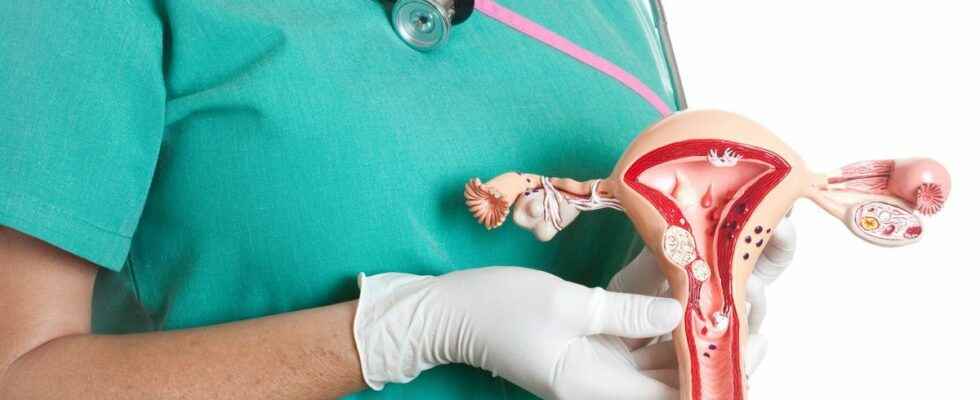Published on
Updated
Reading 3 mins.
Austrian researchers are behind a new test that would detect four female cancers in cervical cells, up to 4 years before their diagnosis. What to avoid more invasive and later biopsies.
Could a simple cervical smear predict the risk of female cancers, even before they occur? This is the track studied by researchers from the University of Innsbruck in Austria and University College London, which could truly change the care of women and avoid the painful and invasive examinations currently necessary.
Towards a smear capable of preventing 4 female cancers?
Currently, early detection of cervical cancer involves examining microscopic changes in cervical cells collected by cervical smear (or Pap smear) and performing an HPV-HR test (Human Papilloma test). Virus-High Risk) to alert, or not, to a risk of cancer of the cervix.
Mias the study presented today goes further since it would make it possible to accurately detect the cellular changes which can lead to cancer of the cervix before they are visible under the microscope, but also to provide risk assessments for other female cancers such as breast, uterine (endometrial) or ovarian cancer!
Before becoming cancerous, some cells begin to change at the molecular level. To detect the beginnings of this cancerous development, the researchers looked at a layer of information present in the DNA of cervical cells, called DNA methylation. DNA methylation is a genetic change that can be influenced by environmental factors. This phase “tells” the cells which parts of the genetic code they should read. These so-called epigenetic changes can increase the risk of certain diseases such as cancer. By identifying these changes, researchers not only want to identify cancer precursors, but also predict future cancer risk.
The study initially focused on cervical cancer screening, using 1,2,554 samples from three types of women:
- Women with cellular changes ranging from low to high risk (CIN1 to CIN3+);
- Women with HPV (the human papillomavirus) but with no change in cervical cells;
- Women with no cervical cell changes but likely to develop high-risk cell changes within four years.
Using cervical swabs and a simple analyzed smear, the scientists demonstrated that cellular changes could be spotted in these women long before they became cancerous.
Tests that perform better than current tests
According to their results on the study population, the test detected 55% of women who would show cellular changes within four years, among those with HPV who initially did not show visible cellular changes under the microscope. A better score than those obtained by currently available methods to detect late-stage cellular changes.
The research team is now moving on to the next phase of the study, in which they will test the new technology on screening samples from women vaccinated against HPV. The occurrence of cervical cancer is greatly reduced by HPV vaccination, but other subtypes that are not detected by current tests can also cause cancer. The new WID-CIN test could thus detect all the precancerous stages according to the types of HPV.
How effective is the test on the 4 female cancers?
The tests were conducted on the predictions of cervical cancer. Nevertheless, the researchers believe they can extend this screening to other female cancers, such as cancer of the uterus, ovary or breast, by “substitution effect“.
“The idea is that we can use cervical cancer alone to predict four cancers.”confirmed Dr. Chiara Herzog, head of the study, along the lines of the DailyMail, mentioning that these can be read in the same way.
A simple collection of cells, to replace screening “by” cancer? The method, if it is confirmed in real conditions, would make it possible to considerably lighten the screening of female cancers with more risks detected in time, fewer examinations and less overtreatment… “Future large-scale studies already planned will provide evidence of the effectiveness of these tests in real conditions” concludes the study. A hope that could change the lives of many women…
As a reminder : Cervical cancer screening by Pap smear is recommended from age 25 to age 65. One smear per year, the first two years then every three years thereafter if the results are good. The examination can be carried out by a gynecologist or a midwife.
